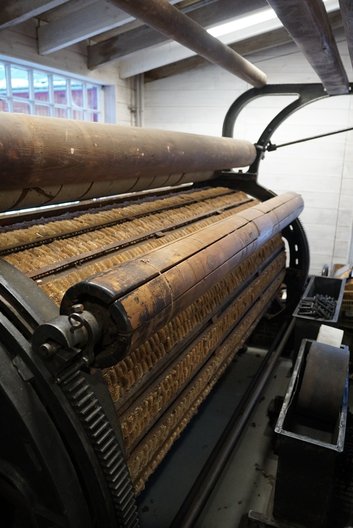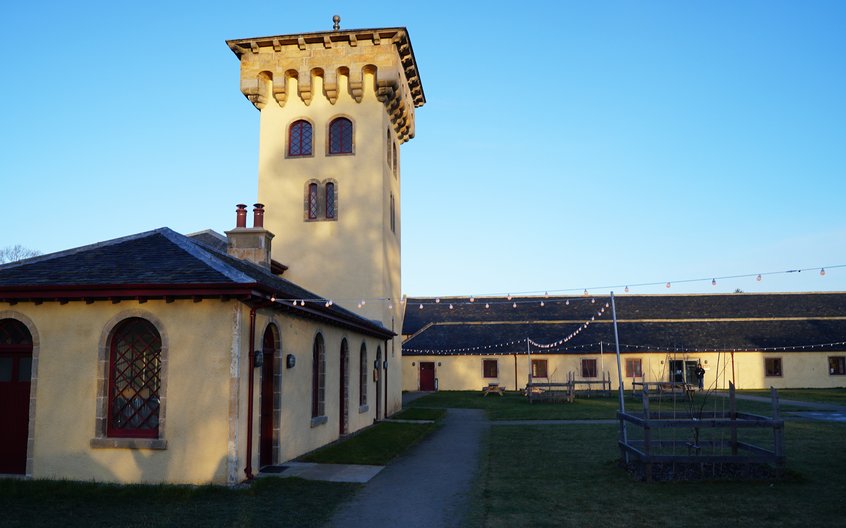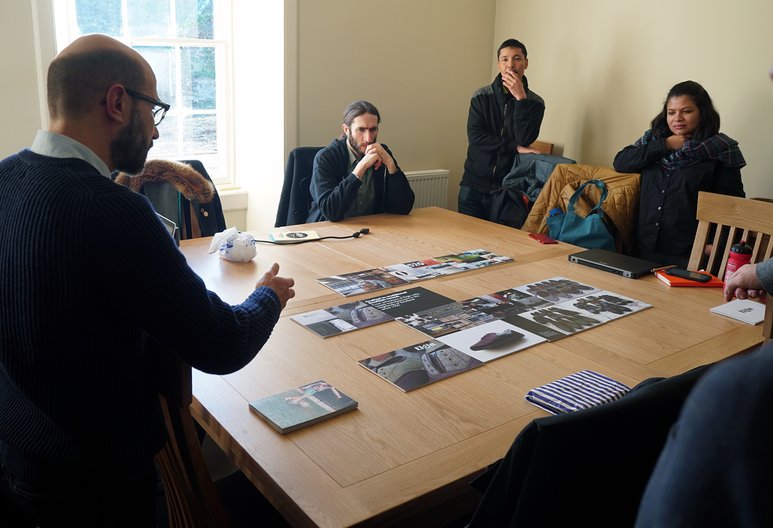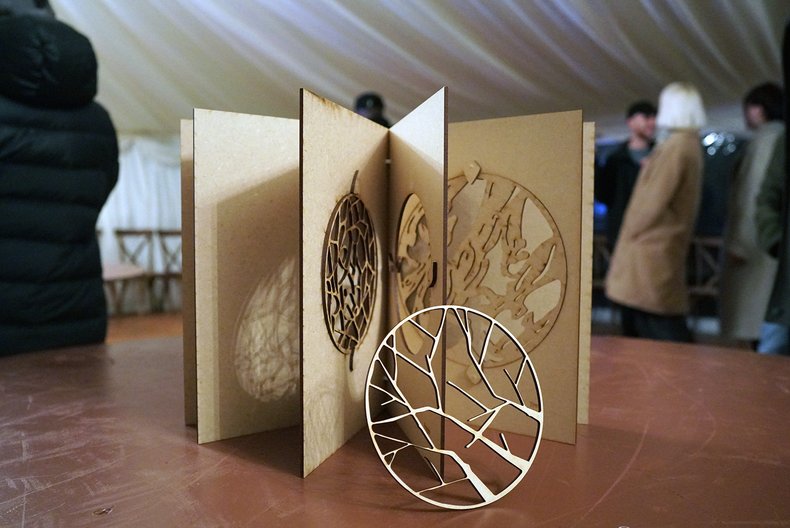3 February 2019
by Elena Tamosiunaite
How can design innovation be applied to traditional crafts education? Last week two teachers from the National Craft Institute (IKN) in Malaysia participated in the Winter School organised by the Glasgow School of Art (GSA) Institute of Design Innovation to explore this question. Below our architecture programme manager, Elena Tamosiunaite, who followed the process together with the teachers, shares her experiences and findings.
Our participation in the Winter School was part of the bigger Crafting Futures programme in Malaysia in collaboration with IKN and GSA. I was there with two IKN teachers, Abdullah Saari and Nadia Mohd Salleh Anuar, and we used this opportunity to explore the collaboration further and understand what principles of the Winter School could be adapted in the IKN.
Before thinking about how to apply Design Innovation to crafts education it was important to understand what the term Design Innovation means. Introduction to the Winter School starts with the quote by Prof. Philipp Heidkamp ‘Design Innovation means both innovation through design and innovation of design’. This idea of innovation though design was the key activity during the Winter School experienced while participating in the pin-up session, workshops based on engagement & participation and practice-based research.
Our first task was to identify key challenges IKN is facing at the moment and balance it with key potentials. We opened this up for discussion to the GSA Master of Research students and teaching cohort to gain new ideas and suggestions. It was interesting to identify many challenges in Malaysia craft industry which are very similar to the ones in Scotland: Crafts businesses are not often viewed as a high growth or high-profit sector therefore not being attractive career path for young people, as well as craft itself being often perceived as expensive and therefore inaccessible to use in everyday life even for artisans themselves.
When thinking about potentials GSA students pointed out to the beautiful landscape surrounding IKN and possibility of craft also being experienced as a retreat. For instance, Andy Ross, weaver and founder of the Shetland Tweed Company, emphasised the importance of well-being that can be achieved while weaving in combination with correct briefing and posture. Another potential is Malaysia’s cultural diversity. We discussed the importance for students to explore and celebrate their own cultural identity, for instance, by bringing a piece of textile from their hometowns across different regions in Malaysia to then use as a starting point for a new design.
The theme of innovation from tradition was an important topic in the Winter School enhanced by the interactive lecture by Prof. Pedro Carvalho de Almeida about his Brand Archaeology practice. By researching and organizing archives from heritage brands he creates resources for content development and brand innovation. After the lecture, IKN teachers were inspired to apply the same principle for the traditional motifs found in crafts: analysing their development, exploring how and why they changed throughout history and what aspects of it can be revived and reinterpreted.
According to teachers, the IKN graduating students are currently lacking skills in communicating their ideas confidently and clearly, which would enable them to pursue wider job opportunities, for instance, not only to become artisans but also designers, artist and entrepreneurs. Therefore, the format of the Winter School based on intimate and informal workshops and learning how to Co-design and use tools for creative engagement left a big impression for teachers as something to be implemented in their teaching methods.
One of the most memorable things about the Winter School is its location in Highlands and Islands of Scotland in the middle of Altyre Woods, Moray region. The theme of this year’s Winter School was Beyond Human where participating students were asked to design experiences that may allow humans to access the meaning of the non-human networks and relationships. For the IKN teachers it was inspiring to see how students used the surrounding landscape as inspiration and the source for materials to build the installations.
It was also important to understand what role the Winter School plays in terms of cultural and economic development in Moray and the Scottish Highlands. We participated in the workshop by Dr Madeline Smith about the importance of place-based policies and cluster strategy. As an example, we analysed the potential of development of Moray textiles cluster and visited Johnston of Elgin and Knockando woollen mills. Both teachers left with the vision to turn IKN into the Hub that would help to form strong crafts cluster in Malaysia.








